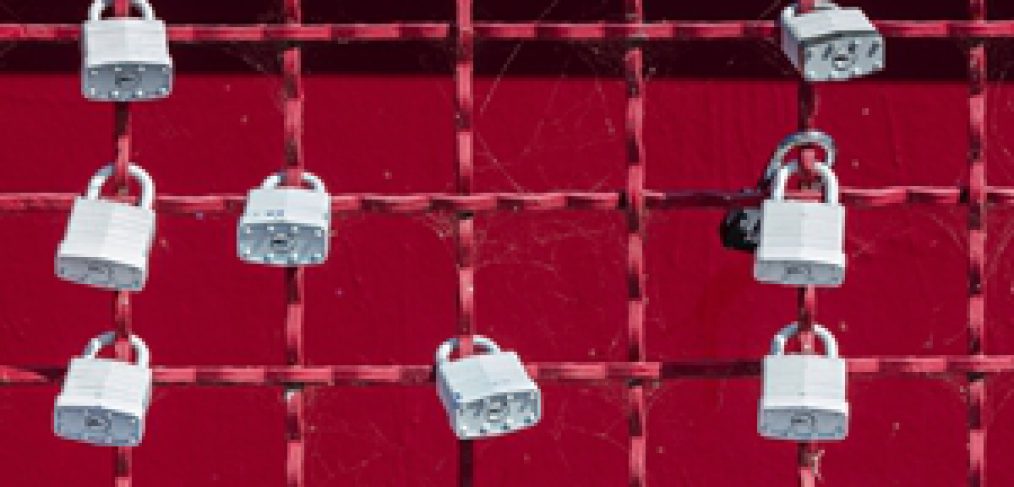
Durable security: Making your mesh fence last longer
With its combination of strength and flexibility, woven wire mesh is a great material to use in fence projects whether they're commercial or domestic. However, you need to make sure the result is lasting.
Here are some tips on materials, designs and installation that will make your woven wire mesh fence more durable.

Why woven over welded?
Woven and welded wire mesh may look similar, but there is a key difference that comes in the manufacturing stage.
- Woven wire mesh – Here the strands of wire are woven over and under each other, creating an interlocking sheet.
- Welded wire mesh – In this instance, the criss-crossing wires are spot welded together where they intersect.
In a direct comparison, the joints on welded wire mesh fences make them stronger, so why are we advocating woven in this article?
The weaving process creates high tensile strength in the mesh, but crucially allows for a greater degree of bending than welding would. This means that woven wire is often favoured in applications such as animal or aviary enclosures, where it's handy for the fencing to have a bit of flexibility when withstanding pressure.
Finding the perfect metal
To get the longest life out of your woven wire fence, there are some important decisions to make regarding base materials.
At Locker Group, the most common metals we work with to create woven wire products are stainless steel, galvanised steel and brass. Let's have a look at how each would stand up to an outdoor application such as fencing:
- Galvanised steel:
Here, steel is coated with a layer of zinc. This actually creates two extra layers of protection for the steel – the zinc itself, and a zinc oxide layer that forms naturally when this metal is exposed to air.
- Stainless steel:
Stainless steel also has a reputation for being slow to rust. This is mainly thanks to a thin oxide layer that forms on the metal's surface, which acts as a barrier to the elements.
- Brass:
As an alloy of copper and zinc, the corrosion resistance of brass depends on the ratio of these two elements. Generally, as the amount of zinc increases, the corrosion resistance decreases. Overall, brass is rust resistant, but will turn green when it reacts with air.
Of these options, brass is more likely to be used in decorative fencing, whereas galvanised and stainless steel tend to have more functional uses.

Are there different types of weave?
Yes there are, and choosing the right one is a key part of making your woven wire fence durable.
The most common type for fences and gates is known as a crimped screen. Crimping is a straightforward process in which the individual wires are specifically shaped to fit tightly together when weaving takes place.
This results in a particularly strong wire screen.
Installation tips
Even after thorough research, a rushed or poorly thought-out installation can make a woven wire fence far less effective than it should be.
Here are a few recommendations when it comes to erecting your fence:
1.Prepare and plan
Don't just head out with your posts and wire and start knocking things together at random.
The spacing of your posts will depend both upon the area in which you're working, and the purpose your fence will serve. Consulting with an expert is advisable, but a useful rule of thumb is that higher tensile strengths often call for greater spacing of posts.
2. Put some effort into the corner posts
Corner posts are integral to the overall strength of your fence, so make sure yours are pushed deep enough into the ground. This is especially true if you're working in soft soils.
Again, the exact depth will depend on the size of the post you're using, but some experts go as far as to say that the depth in the ground should be the same as, or greater than, the height of the top wire.
3. Build a strong brace
The brace is the diagonal post that helps prop up your fence, and takes a lot of the strain. Ensuring that yours is sturdy and properly placed will go a long way to helping your fence last.
Once your fence is up, that isn't the end of the story. Regular maintenance to the wires, posts and braces will greatly extend its overall life span.




